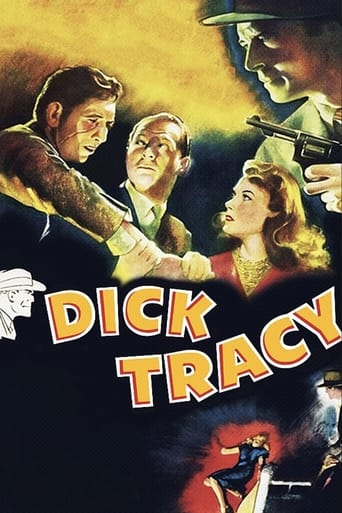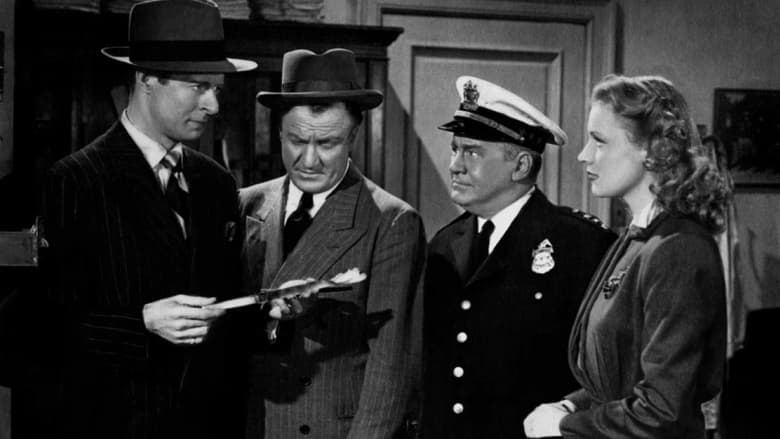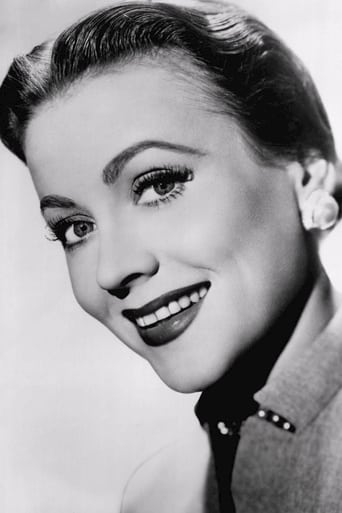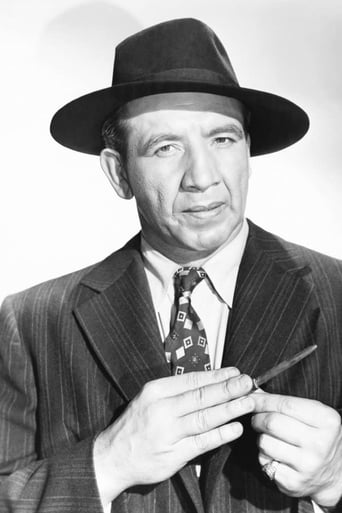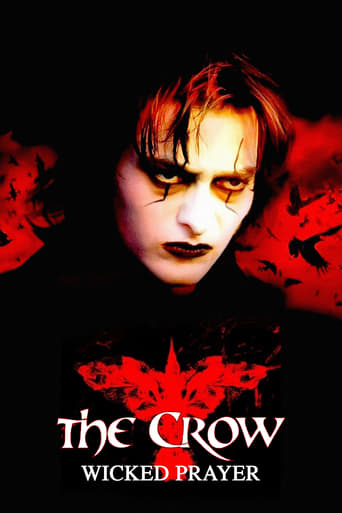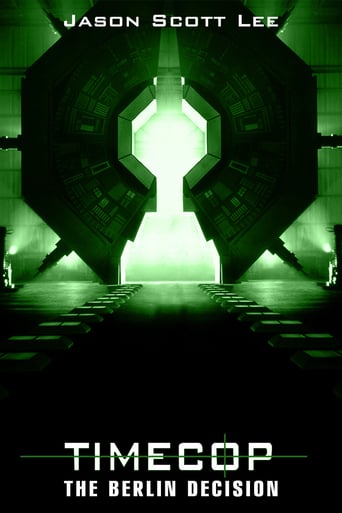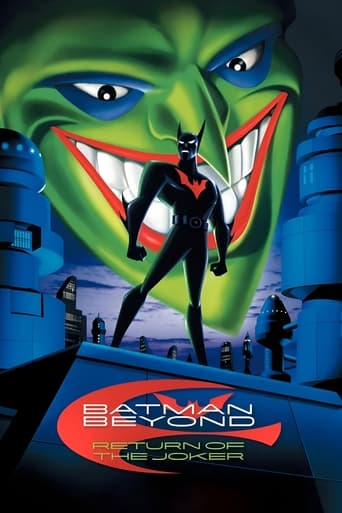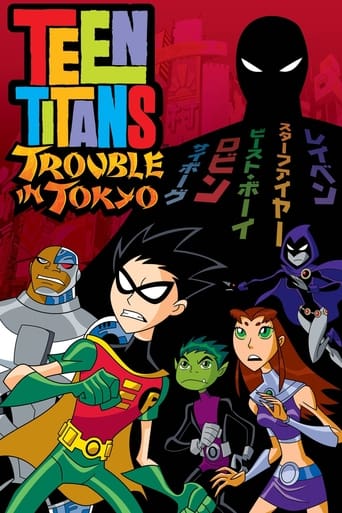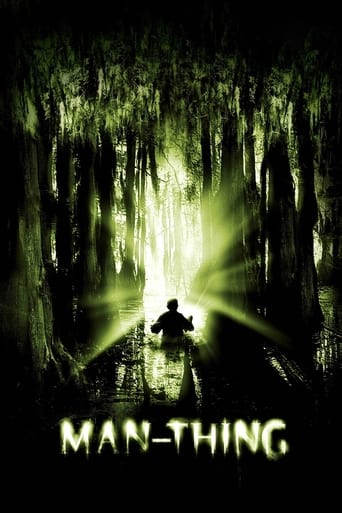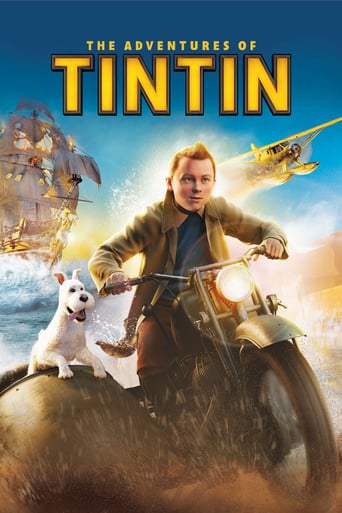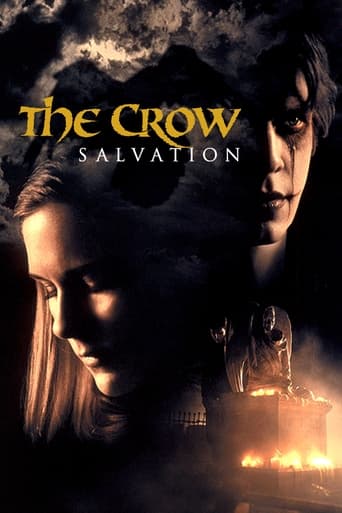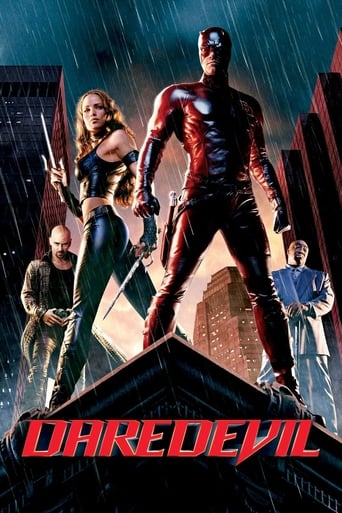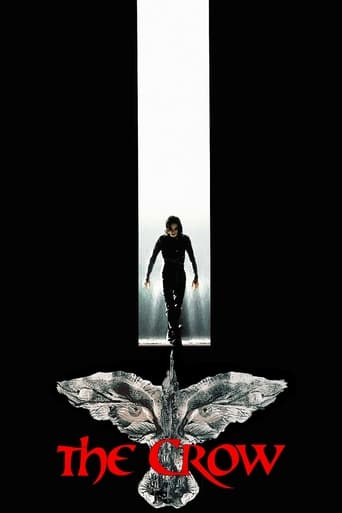Dick Tracy (1945)
Detective Tracy (Morgan Conway) rescues Tess Trueheart (Anne Jeffreys) and Junior from a killer called Splitface (Mike Mazurki).
Watch Trailer
Cast


Similar titles
Reviews
You won't be disappointed!
Simply A Masterpiece
It’s not bad or unwatchable but despite the amplitude of the spectacle, the end result is underwhelming.
Blistering performances.
The first installment in RKO's short Dick Tracy series of films in the 1940s. This one sees Tracy (Morgan Conway) working on a case involving a string of murders committed by Splitface (Mike Mazurki). This series was churned out quickly and cheaply. So don't expect an "A" production from them. That being said, it's a thoroughly enjoyable way to spend an hour. Fast-paced, fun detective stories with action and some comedy. Mike Mazurki is a great villain. Conway does fine as Tracy. Lyle Latell plays Tracy's bumbling sidekick Pat Patton. He's the movie's comic relief. Anne Jeffreys plays his Tracy's girlfriend Tess Trueheart. Also an early role for Jane Greer. Give it a shot and I'm sure you'll find it an enjoyable time-killer.
It used to always make me wonder, even as a kid, why a movie's murderous villain would sneak up close to one of the story's lead characters and fail to close the deal. It made me consider them entirely inept, even while they were leaving a trail of bodies behind elsewhere throughout the picture. The scene with Mike Mazurki's Splitface creaking open the door right next to Tess Trueheart (Anne Jeffreys) is a prime example. Of course had he followed through, millions of Dick Tracy fans across America would have been severely outraged, and with good cause. But it gives you an idea why this kind of suspense doesn't work very well today, if it ever did.Then there's Splitface - what's the deal with him? Here's a villain that's probably got the most distinctive scar that can be used to identify him, and he signs his threatening notes with - 'Splitface'! Now I don't know about you, but if I were going to try and extort a pile of money from someone, I wouldn't sign it using my own nickname, especially if it could identify me with a characteristic that no one else could possibly have. Of course that's addressed later in the picture, as we learn how Professor Starling (Trevor Bardette) was trying to capitalize on the villain's handiwork. While watching the picture, the thing that really made me sit up and take notice was the way Splitface dispatched his victims. Done mostly in darkened silhouette, you still get a pretty good sense that the murders were extremely violent utilizing a stab and slash technique that appeared pretty gruesome. Done today, you would have the requisite amount of spurting and gushing blood, but even without it, the couple times you see Splitface in action solidifies his character as one mean hombre. You have to hand it to Mike Mazurki, he made for a pretty scary character.This was my first look at Morgan Conway in any kind of role, and I'm on the side of many reviewers on this board who feel he doesn't quite fit the bill. When they both first appeared on screen together, I would have guessed that it was Lyle Latell who played Tracy, except that he was the shorter of the two, and that wouldn't have worked. As for Anne Jeffreys, it's always cool to see her in a picture; my own best recollection of her as a kid growing up was the role of Marion Kirby in the 'Topper" TV series. It would have been cool if the movie offered some of those well punned nicknames like you had in "Dick Tracy Meets Gruesome" - I'm thinking about villains like I.M. Learned and Dr. A. Tomic. They were a mainstay of the Chester Gould comic strip, and I always got a kick out of those. Here, the best they could come up with was the name for the undertaker - a bit of a stretch that he would go by Deathridge.
If you had given Dick Tracy's name to any police type in any movie of the forties, it would be indistinguishable. The fact is that while this is a modestly entertaining movie, the comic strip being of it is just not there. Where is the technology, the distinctive sense of the comic strip? It's just not there. There is some semblance of humor, the byplay among the other detectives and Tess's frustration with dating the great detective (she never gets to go to dinner), but it still doesn't reproduce the comic strip. All that considered, it's a decent movie with an interesting plot. Like so many Tracy characters, Split Face is carrying around his angst, wanting to get back at those who convicted him. He is nasty, but has the fatal flaw of carelessness. Tracy is pretty dull, but I was a religious reader of the comic strip as a child and liked his silence. His romantic relationship always seemed forced to me. A real comic book hero shouldn't have time for women, right.
You can take this as intended, a minor story with familiar characters cast more of less (however incongruously) in noir terms -- noir at least in terms of the out-of-the-blue deaths of the victims.Or you can watch it as one in several in a line bridging comics and movies. It wasn't until Tim Burton's "Batman" then Beatty's "Tracy" that we will really have a comic reality with abstractions specific to comics.It is a major addition to the vocabulary of film realities, still evolving but probably as important as noir and the detective narrative. You could probably skip this movie in tracing the history back, but if you happen to stumble on it there are some interesting features.One is the very deliberate attempt at noir. The detective clearly emulates Bogart's speech. The girls are noirish, which is to say that they are halfway between characters and props. The photography is deliberately in that direction.But instead of referencing the comic itself, it derives from the radio version of the comic in the way the story moves. (A mutilated con takes revenge on the jury that convicted him.)Along the way, we have a smooth night club owner (who doesn't know how to manage apostrophes), a creepy mortician named "Deathridge," and a spooky "student of the occult" who seems to have deep insights into the noirish fate to come.Ted's Evaluation -- 2 of 3: Has some interesting elements.

